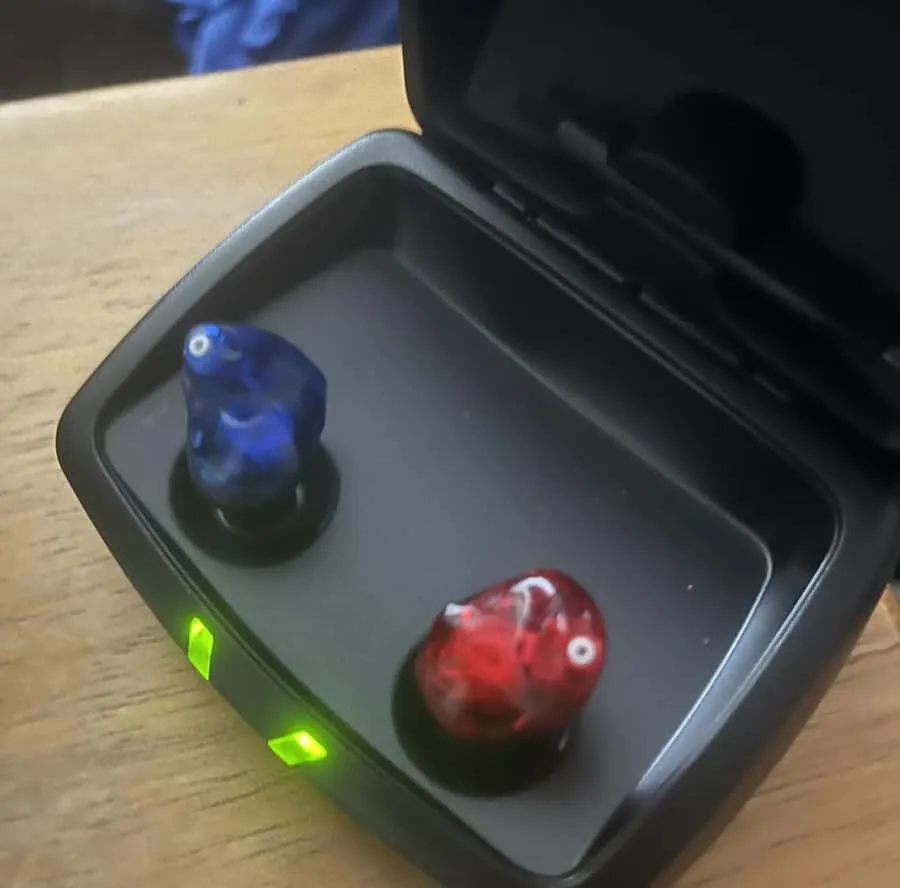Hearing loss is a common condition affecting millions of people worldwide. Thankfully, modern technology has made it possible to create highly customizable hearing aids that adapt to each person’s unique hearing profile. Professional fitting of hearing aids by a licensed audiologist ensures that your devices are fine-tuned for optimal comfort, performance, and sound quality. In this guide, we’ll explore how hearing aids can be customized to address specific needs, from premium models to over-the-counter options.
Customization Options in Premium Quality Hearing Aids
Premium hearing aids offer the broadest range of customization features, enabling precise adjustments for different environments. These devices often include:
- Directional microphones to focus on sounds coming from a specific direction, improving speech understanding in noisy spaces.
- Advanced noise reduction algorithms that identify and suppress unwanted background noise.
- Speech enhancement technology that emphasizes speech frequencies for clearer conversations.
- Multiple environment programs—such as “quiet,” “noisy,” “music,” and “outdoors”—to match real-world listening situations.
These features, when professionally adjusted, allow wearers to move between social gatherings, work meetings, and quiet evenings at home with ease. Research confirms that users of premium hearing aids report higher satisfaction and speech clarity compared to standard devices.
Why You Need Multiple Audiology Visits
While many premium hearing aids have smartphone apps for basic adjustments, the software available to audiologists is far more advanced. Your audiologist can conduct in-depth testing, assess your real-world hearing challenges, and adjust your device settings to match your specific needs.
Follow-up visits are key because your brain adapts to new sounds over time, and adjustments may be needed as you acclimate. This ongoing relationship ensures your devices remain optimized for years to come.
Customizing Hearing Aids for Individual Ear Canals
No two ear canals are the same. Audiologists take precise measurements or impressions to create custom-fit hearing aids or earmolds that:
- Provide a secure fit that won’t slip out, even during active use.
- Reduce sound leakage and prevent feedback (whistling).
- Enhance comfort during long periods of wear.
Cosmetic preferences can also be addressed—such as skin-tone matching or discreet in-ear designs—helping wearers feel more confident and comfortable.

Customization in Basic or Low-End Hearing Aids
Basic professional-fit hearing aids may not have all the advanced features of premium models, but they still offer valuable customization, such as:
- Basic background noise suppression.
- Manual volume adjustments.
- Preset listening programs for different environments.
These devices require more manual control, but when adjusted by an audiologist, they can still deliver a significant improvement in everyday listening situations.
Over-the-Counter (OTC) Hearing Aids and Their Limitations
OTC hearing aids allow individuals with mild to moderate hearing loss to manage their condition without a professional fitting. Many come with smartphone apps for volume and preset adjustments. However, while recent studies suggest self-fit OTC devices can perform similarly to professionally fit devices in some cases, they generally lack advanced fine-tuning capabilities and the benefit of professional guidance.
Conclusion
Whether you choose a premium, basic, or OTC model, customization is critical to your success with hearing aids. Professionally fit hearing aids—especially premium models—offer the most precise, adaptable solutions for your unique needs. Your hearing aid choice should be guided by your lifestyle, hearing loss severity, and budget, but professional fitting remains the best path to long-term satisfaction and hearing health.

